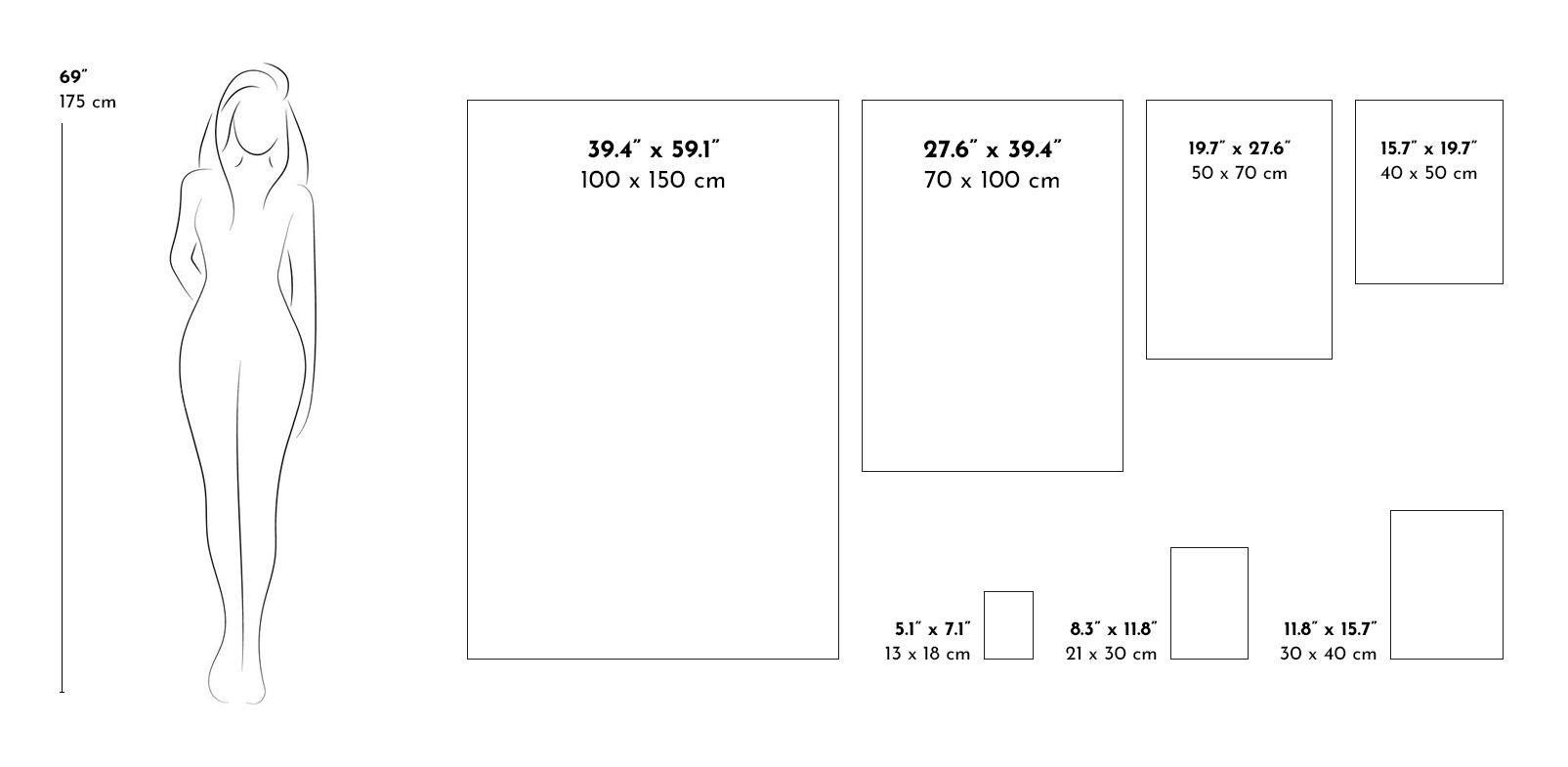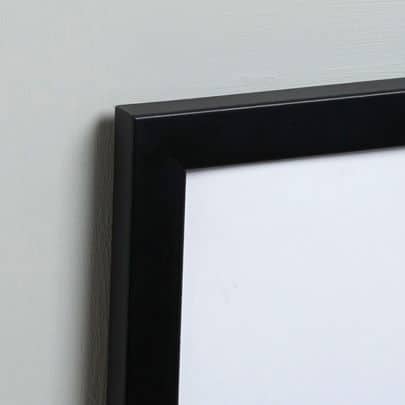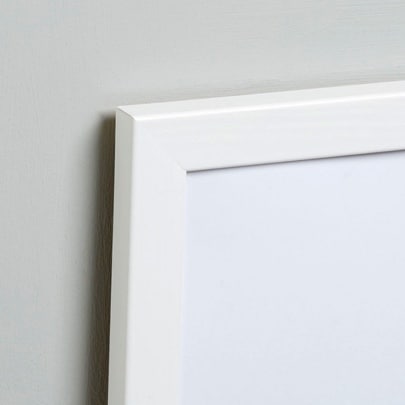This poster is a set of 20 outline symbols of yoga and meditation: hamsa hand, evil eye, yin yang, lotus pose. Each symbol is repeated in several ways of demonstration.
Select size
IN | CM

In stock
This poster is a collection of 20 stylized outline icons of yoga and meditation postures along with other symbolic images. In this poster, we can see lotus, lotus pose, lotus pose with namaste hand, hamsa hand, yin yang symbol, evil eye depicted in some different images.
In this collection, hamsa hand symbolizes the hand of God, or in other words, it is a protective sign. The most popular style of hamsa hand is one with two symmetrical thumbs. It's believed that hamsa hand can bring happiness, luck, health and good fortune.
The hamsa hand sometimes includes an evil eye symbol, which is thought to protect against the evil eye. It is often worn as a pendant on a necklace but also is found on key chains, house decorations, baby carriages, and other jewelry items.
Yin/ Yang yoga is a practice that balances the slow-paced Yin yoga with the traditional Yang yoga (Ashtanga and Hatha). Yin/Yang yoga has its roots in China in the Taoist concepts of yin - a feminine, passive, cooling energy - and yang - a masculine, dynamic, warming energy. Just as the Taoists believe that yin and yang complement each other and one cannot exist without the other, the Yin/ Yang yoga practice uses both types of yoga to provide both physical and spiritual balance.
Lotus pose is known as the posture of the God Shiva of Buddhism. This is a classic and the most well-known posture of yoga and meditation. People may perform “Namaste" while sitting in lotus pose.
The word Namaste combines “Namah” and “te". In the contemporary era, Namaḥ means "bow", "obeisance", "reverential salutation" or "adoration" and te means "to you". Therefore, Namaste literally means "bowing to you". In Hinduism, it also has a spiritual import reflecting the belief that "the divine and self (atman, soul) is the same in you and me", and connotes "I bow to the divine in you". The word is usually used to greet and say goodbye in yoga classes.
The frame is not included. Find all frames here.
View our
packaging material here.
SKU
1571215560 







